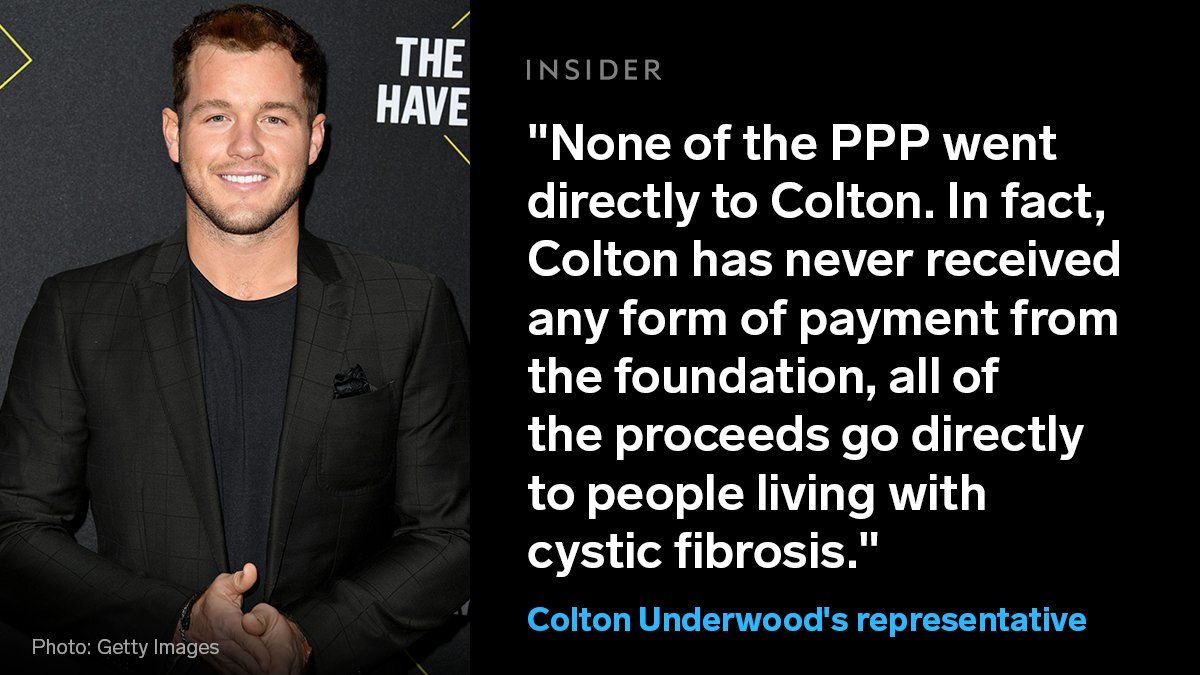
🎥 To infinity and beyond! Since @Pixar's first release in 1995, each movie has brought at least one groundbreaking innovation, changing the future of animation and moviemaking.
We look at how every Pixar movie brought animation into the future. 👇
We look at how every Pixar movie brought animation into the future. 👇
Every Pixar movie has introduced its own technical problems, but it only pushed the studio to expand its technology.
"Toy Story" was the first 3D-animated feature film to use RenderMan, a program that combines all the 3D assets created for each frame of a movie and translates them into a film-quality photorealistic final image.
For "Toy Story 2," Pixar wanted to give the humans more natural skin, so the studio created a major addition to RenderMan: a shader.
Artists could now give people unique skin characteristics like pores, veins, sweat, redness, and much more.

Artists could now give people unique skin characteristics like pores, veins, sweat, redness, and much more.

Animating Sulley's nearly 3 million hairs one by one would've been impossible.
So Pixar set up a department dedicated to simulation and the team built Fizt, which can calculate how hair moves with a character's movements and how it responds to forces like wind.
So Pixar set up a department dedicated to simulation and the team built Fizt, which can calculate how hair moves with a character's movements and how it responds to forces like wind.
Mr. Incredible would be the most muscular character Pixar had ever created. The team designed a muscle rig called Goo that let a character's skin respond to their moving muscles.
"WALL-E" filmmakers rebuilt their camera system, modeling it on the way an anamorphic camera would move.
The first act went for a loose, handheld feel. The second and third are suppose to look like they're shot with a steady cam. The result is perfectly imperfect.
The first act went for a loose, handheld feel. The second and third are suppose to look like they're shot with a steady cam. The result is perfectly imperfect.
Joy from "Inside Out" shed warm light whenever she appeared on the screen.
The RenderMan team came up with Geolight, a tool that allowed artists to select a character model and turn it into a mobile light source, taking Pixar's lighting system yet another step forward.
The RenderMan team came up with Geolight, a tool that allowed artists to select a character model and turn it into a mobile light source, taking Pixar's lighting system yet another step forward.
"Coco" demanded more cloth than any previous Pixar movie.
The studio spent three years creating a new continuous collision detection program, which helped the computer resolve issues like cloth bunching up around a skeleton's crevices.
The studio spent three years creating a new continuous collision detection program, which helped the computer resolve issues like cloth bunching up around a skeleton's crevices.
A character technical director developed a finger contact rig for "Soul."
When a finger pushed down on a piano key, the rig would calculate the correct angle for the key to rotate, so it looked like Joe was pushing it.
When a finger pushed down on a piano key, the rig would calculate the correct angle for the key to rotate, so it looked like Joe was pushing it.
For "Luca," the team created a transformation rig so animators could fine-tune the different aspects of character changes from human to sea monster. This put more artistic control in the hands of animators.
Pixar's technical innovations have always served its stories first, and that's the key to the studio's record of creating groundbreaking innovations and beloved movies.
For more Movies Insider videos, visit @thisisinsider's YouTube channel.
youtube.com/c/thisisinside…
For more Movies Insider videos, visit @thisisinsider's YouTube channel.
youtube.com/c/thisisinside…
• • •
Missing some Tweet in this thread? You can try to
force a refresh















